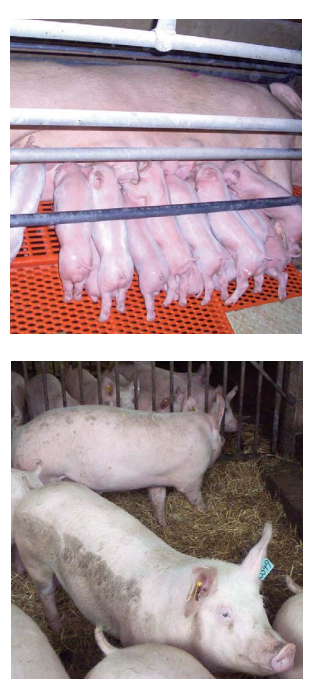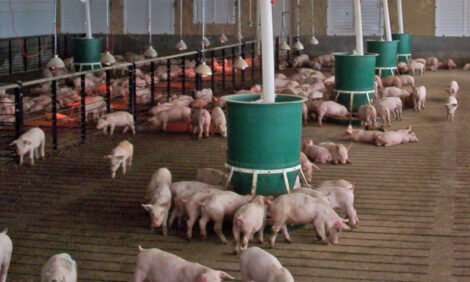



Skip-a-Heat
Could skip-a-heat benefit the productivity in your sows or gilts? BPEX offers advice in No.15 in its Work Instructions series.Skip-a-heat is a practice that is most commonly used in first-parity sows to avoid a second litter performance drop; it can, however, be adapted and used for older sows. Skipping a heat will increase the farm’s number of non-productive days but there appears to be a payback in terms of improved performance and longevity of the sow.
Skip-a-heat can also be used for older sows that come out of the farrowing house in a poor body condition score (BCS<2.5) having lost a significant amount of protein mass and fat during lactation. Skipping a heat gives the sow extra time to improve body condition before the next cycle.
Initial checks
- Assess the performance of the farm’s first parity sows and their performance in the second litter
- Does there appear to be a drop in conception rate and numbers born? Consider if any managerial aspect is contributing to this. If nothing is identified, it may be beneficial to adopt skip-a-heat
- Monitor body condition of the first parity sows/sows entering the farrowing house, and throughout lactation (See Action for Productivity 20: Condition scoring of sows)
- Record body condition scores a few days prior to weaning
- Decide if any sows will benefit from skipping a heat
- Ensure an additional 21 days dry sow accommodation is available
- Practically, it is better to retain the same number of sows each week/batch to feed back into service three weeks later.
Outline of work (assuming skip-a-heat is only first parity sows)
- Wean piglets and move sows as normal
- Keep the first-parity sows separate from the other sows
- Heat detect as normal, record dates of first heat post-weaning but do not serve or mate the first parity sows
- Keep the first-parity sows in separate pens for the next 21 days
Outline of work (assuming skip-a-heat is only first parity sows)
- Feed a standard lactation diet ad lib for the 21-day period
- Provide at least daily boar contact (fence line) for heat detection throughout the 21-day period
- Three weeks after weaning, it may be necessary to mix sows back in with the small weaned sows, or depending on number, the ‘skipped’ group may have to be housed as a stable group in the service area
- At second heat, post-weaning serve as normal and record as skip-a-heat for future analysis
- Move the served sows to permanent dry sow accommodation (avoid mixing) and manage as normal
- Review second litter performance and compare the before and after skip-a-heat performance
Additional information
- In gilts, skip-a-heat has been found to improve follicular development, ovulation rate and embryo survivability (an extra 2.3 embryos compared to not skipping a heat) at day 30 of gestation
- Research and farm data suggests that an extra one to two piglets will be produced the following litter
- Skip-a-heat accumulates 21 non-productive feeding days per sow but one additional piglet born per litter will, in most cases, cover the costs of the extra non-productive days.
January 2015










